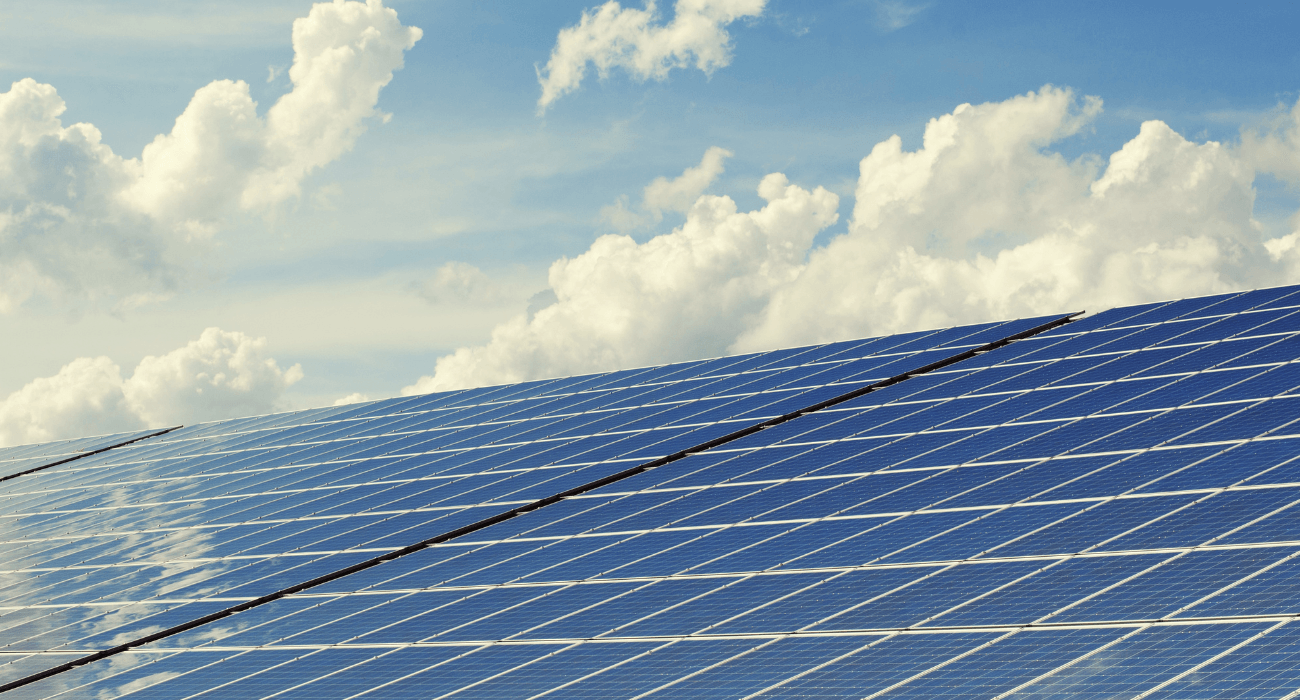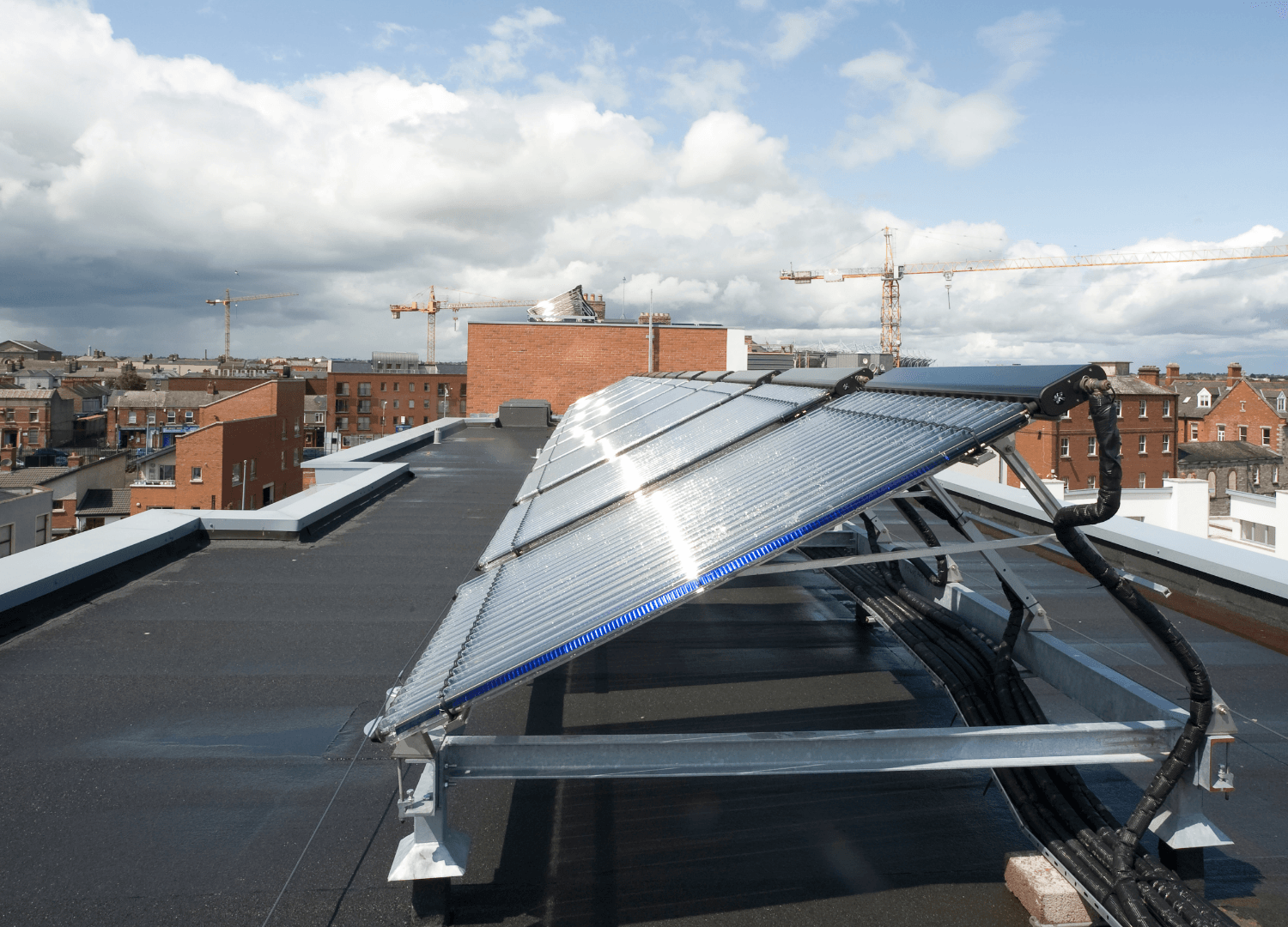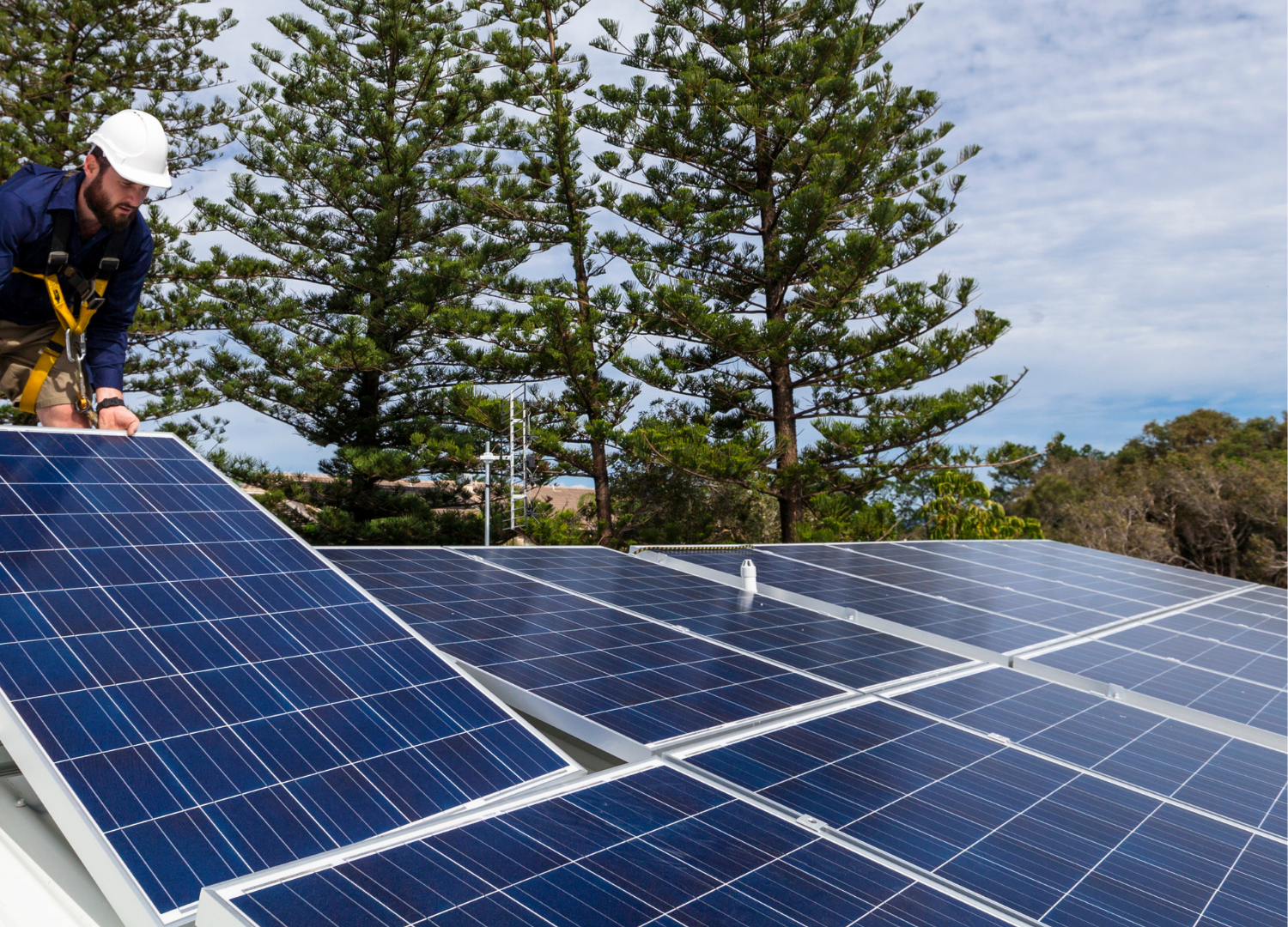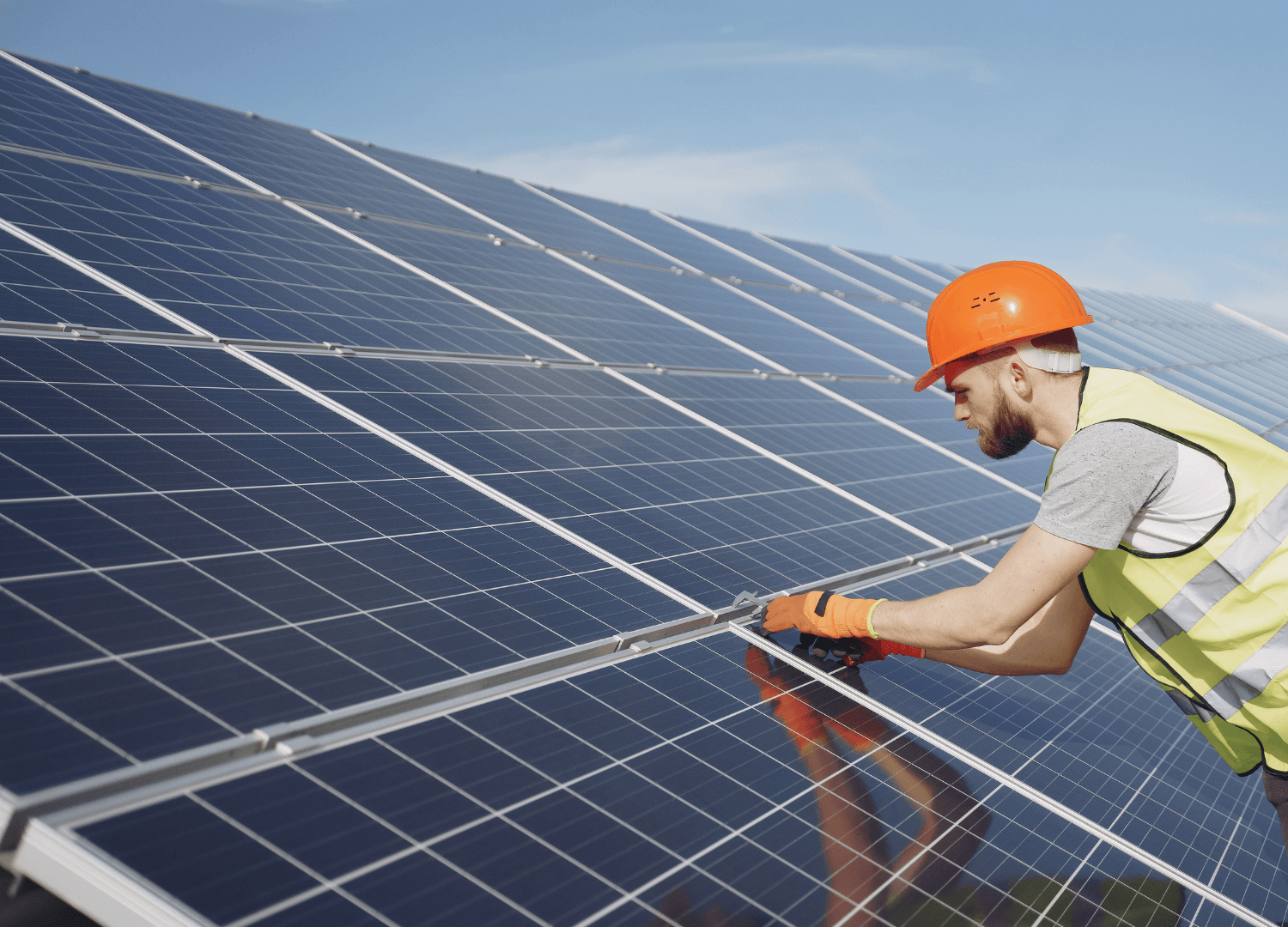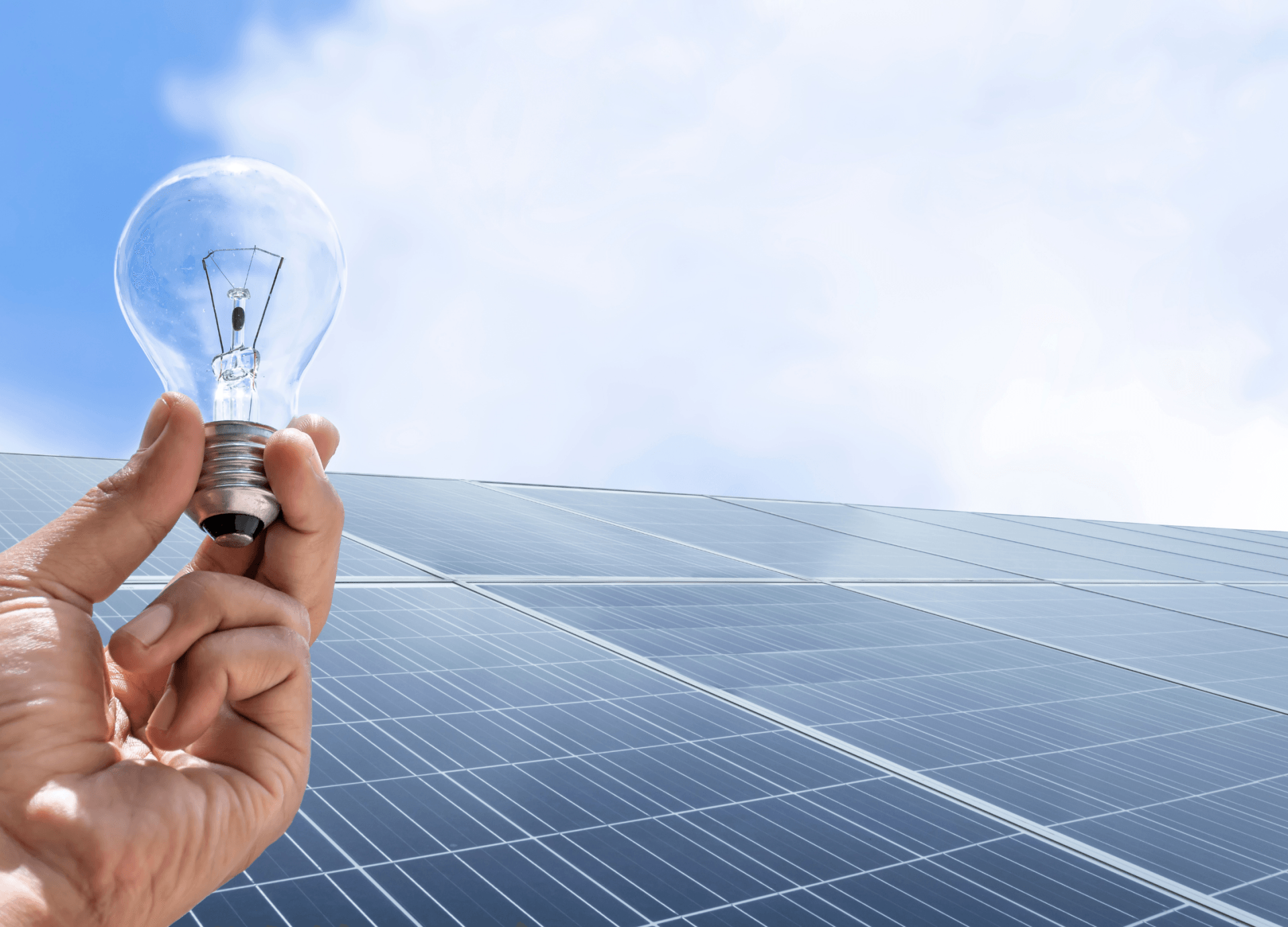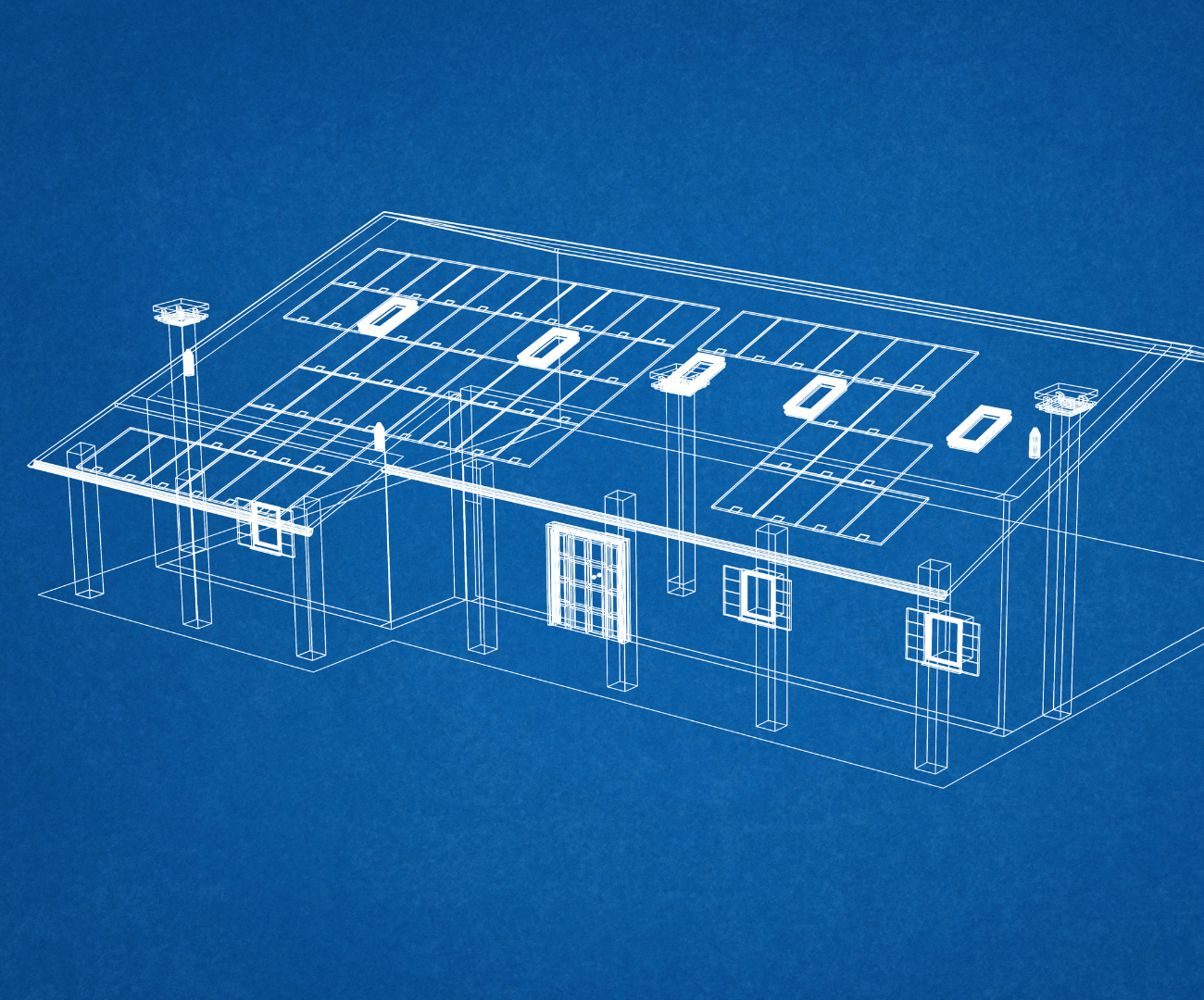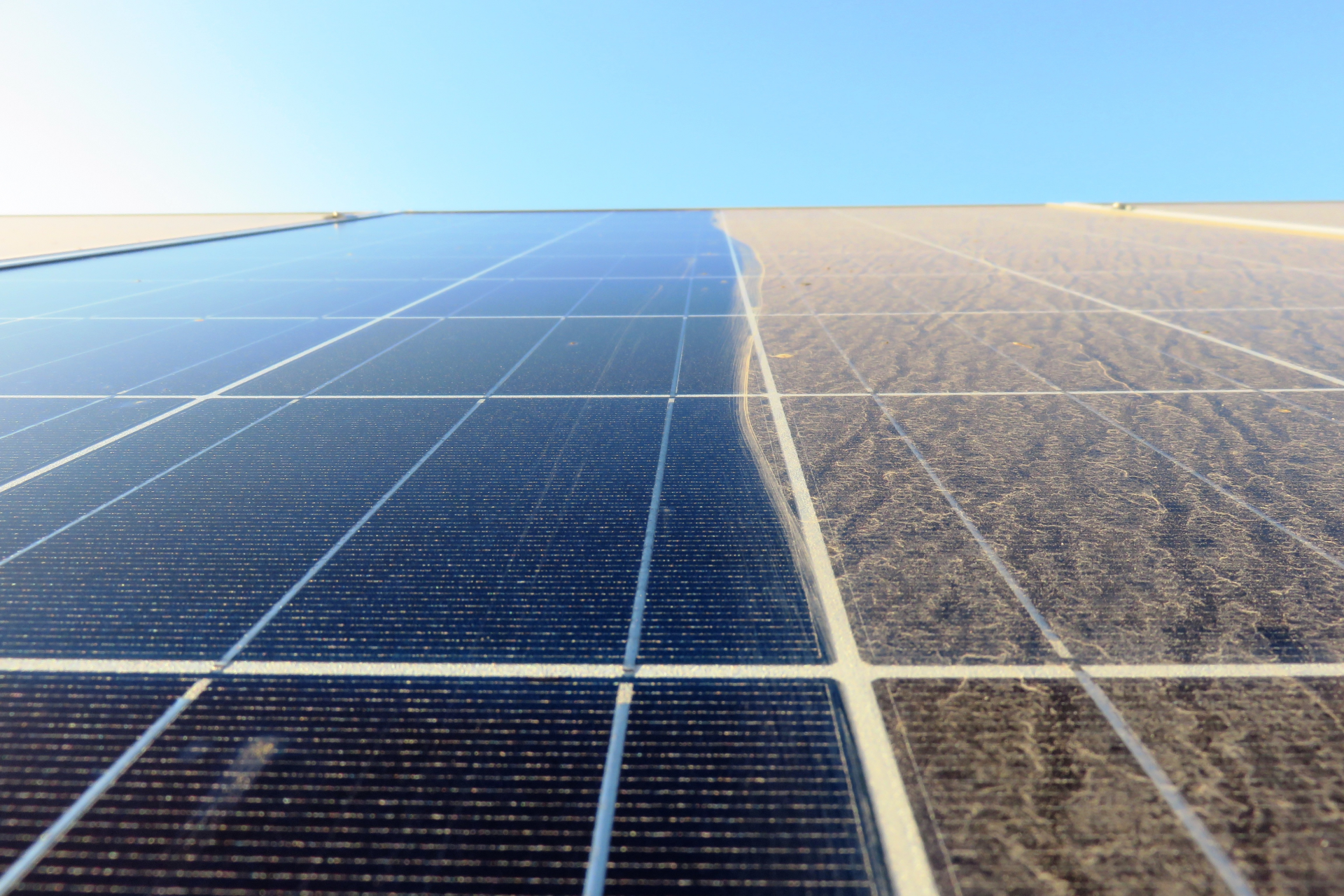How Long Will My Solar Panel Array Last?
How Long Will My Solar Panel Array Last?
The industry standard for an acceptable solar panel is 25 to 30 years. Nevertheless, the solar panel will not simply cease to function at this point, rather its functionality will be compromised considerably lower than the manufacturer design. It is important to know what you will be receiving in terms of service life before you make your purchase. Even though you can expect a few decades of service life from your solar panels and a considerable reduction in your energy bills, the wisest plan will include all details for service life and projected degradation.
How long do solar panels last?
As mentioned, the industry standard for a solar panel in full function is between 25 and 30 years. This doesn’t mean that they will cease to function after this time, this means that the amount of energy produced can no longer be expected to be above the manufacturer's design.
They will still function for decades after this, and may even function at regular capacity if proper care and maintenance is provided and they are protected from the wind, flying/ falling debris and attrition of the elements. Because there are no movable parts, they have no need of internal mechanical service. This means that the biggest problems they will face will be from the outside.
The key factor in making solar panels last: panel degradation rate
The National Renewable Energy Laboratory (NREL) conducted a study in 2012 showing that the average solar panel loses about 0.8% efficiency after a year of service. Of course, this figure can be different depending on the diligence of the manufacturer and quality of the model that you purchase. A manufacturer of premium solar panels like SunPower offers degradation as low as 0.3%. Our R&D department is constantly looking for new and innovative ways to extend the service life of our products and reduce degradation.
In the years since the 2012 study, we have raised the standard of our production and now all of our products are under the 0.5% degradation rate — most are far below that.
But what does this mean exactly? How does this “rate of degradation” affect your interests as a consumer? This means that after a year of operation at a 0.8% degradation rate, your panels will be operating at 99.2% of their full capacity — that is what you get in the second year.
Then, by the end of year 25, which is nearing the end of their indicated “service life” their operational capacity will be at about 82.5% of what it was when they were new. A more durable solar panel with a degradation rate of 0.5% will likely produce 87.5% after 25 years of service — which is still a considerable amount of power.
To determine the amount of power you can expect from your solar panel array, simply multiply the degradation rate by the number of years you will be operating the device, then subtract that number by 100%.
You will also find a variety of warranty plans that can give you an idea of the service life you can expect from any specific item. There are equipment warranties, which will protect you against any defects in the manufacturing. There is also a performance warranty, this guarantees that the panels you have purchased will produce a specific amount of power. The performance warranty, which should last at least 25 years — or have a really good reason why it doesn’t— will give you the best idea of how much service life you can expect from your solar panel.
You will not have to worry about the carbon footprint of your solar panels either. The expected service life of your solar panel is more than enough time to match the EPBT, energy payback time. This is the amount of time the solar panel will need to operate to “pay back” the energy used in its manufacturing. The average EPBT of a quality solar panel should be about six months.
